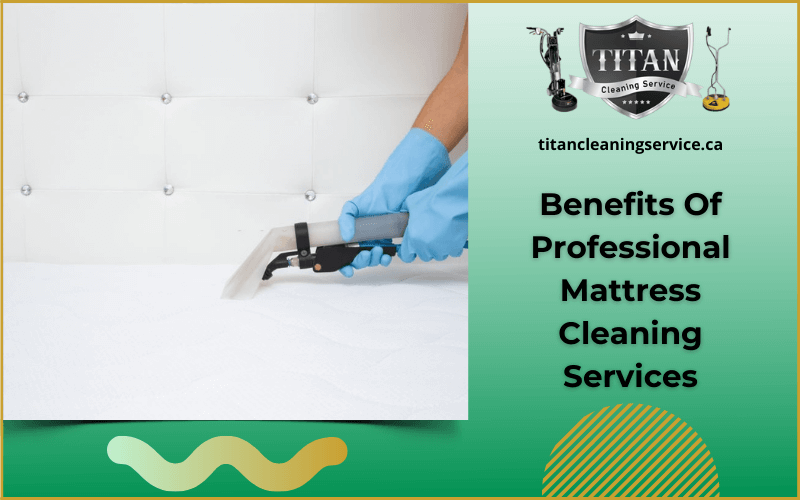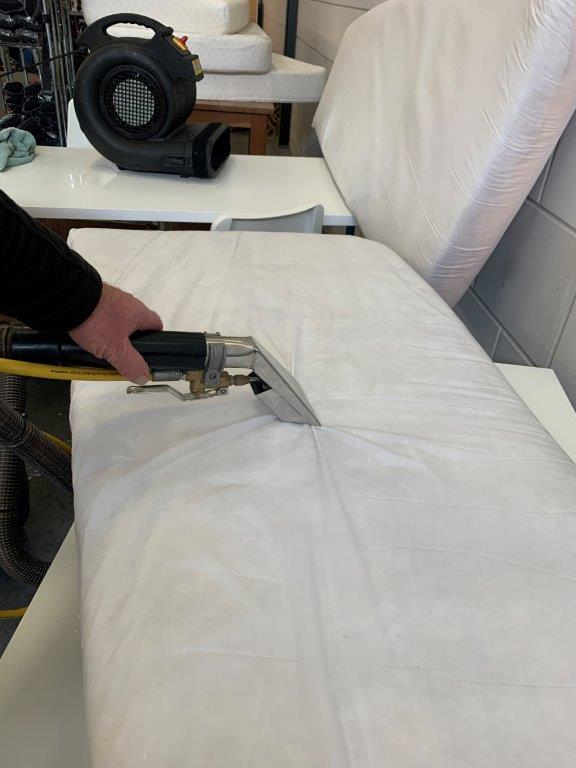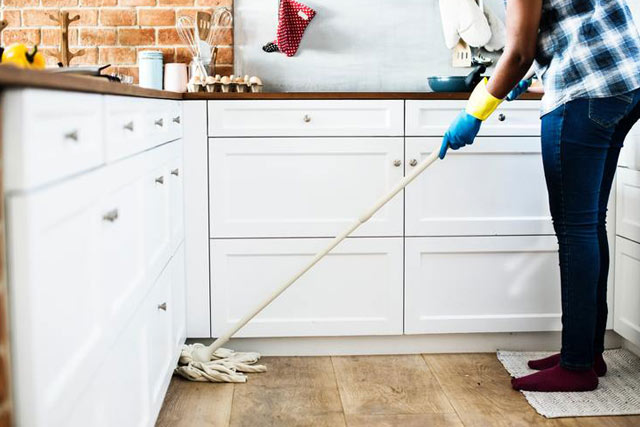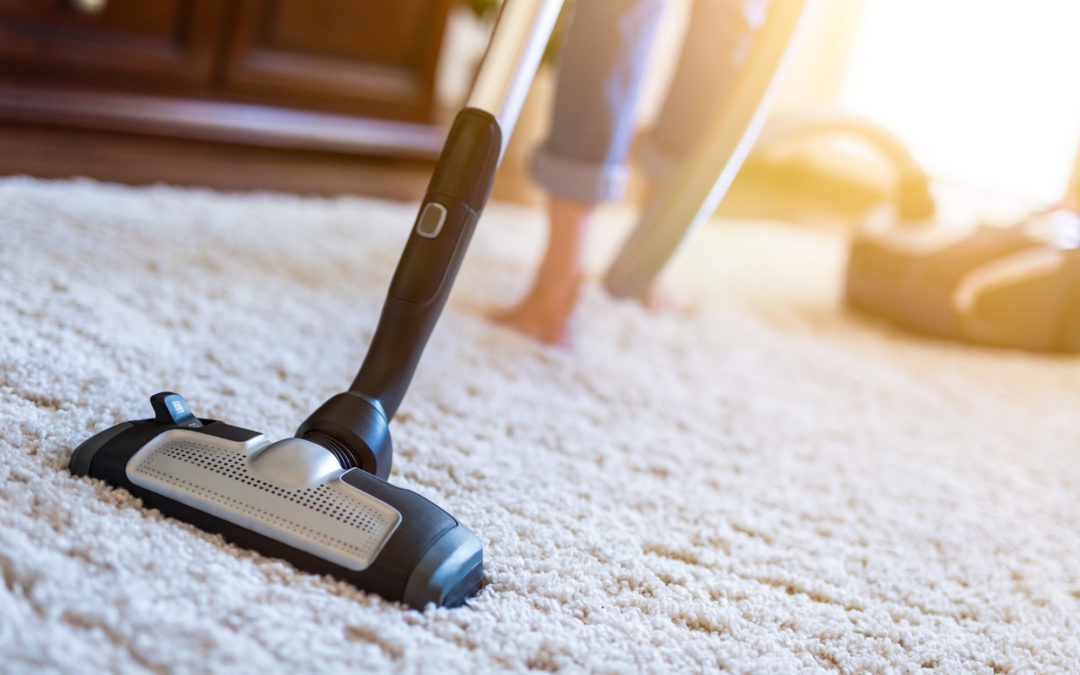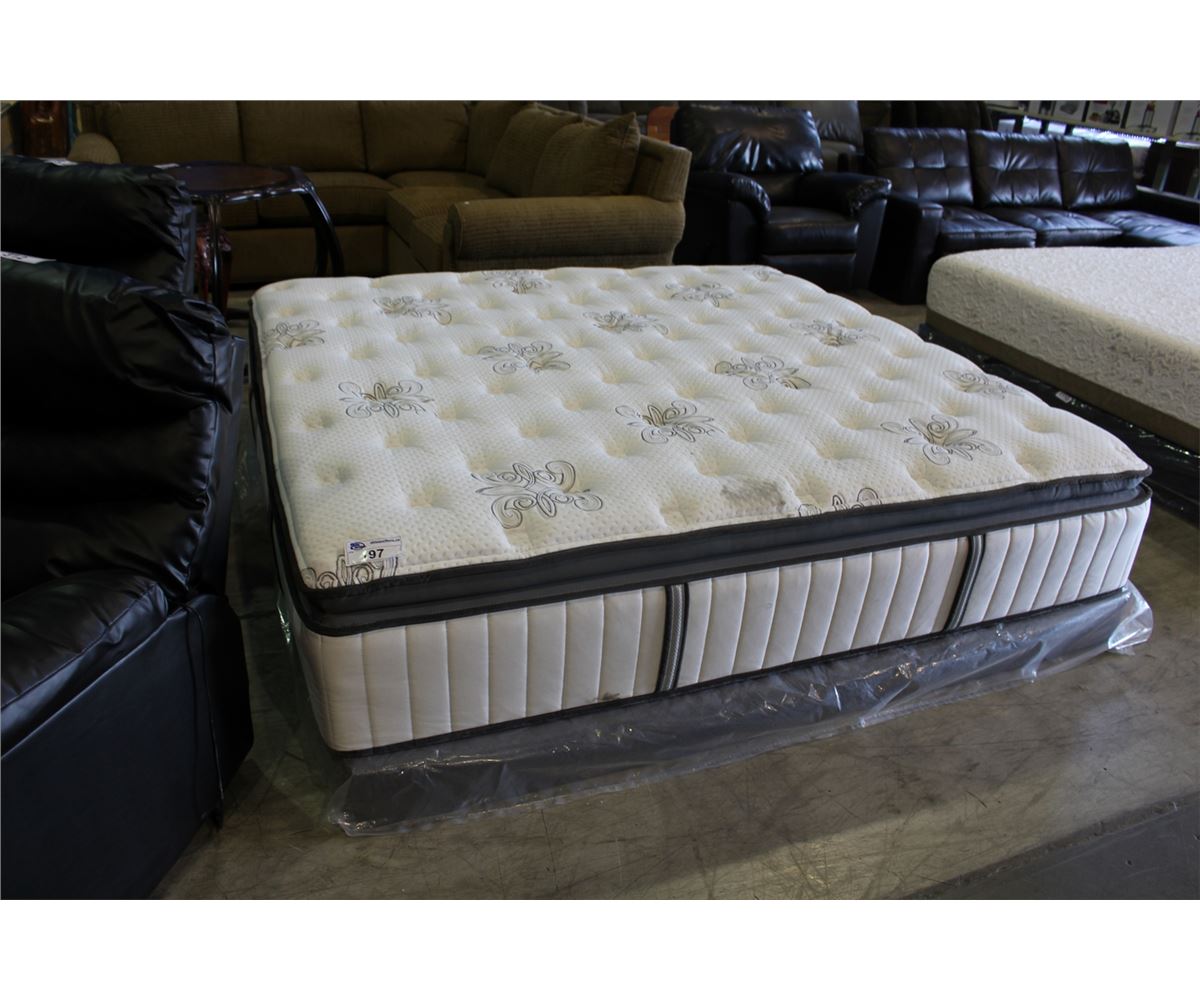1. How to Clean a Mattress After Bedwetting
Bedwetting accidents can be a frustrating and stressful experience, especially when it comes to cleaning up after them. Not only do you have to deal with the discomfort and embarrassment of a wet bed, but you also have to worry about properly cleaning and drying your mattress to avoid potential health hazards.
If you're facing this dilemma, don't worry – we've got you covered. In this article, we'll share with you our top 10 tips for cleaning a wet mattress and getting it back to its clean and fresh state.
2. Tips for Cleaning a Wet Mattress
The first step in cleaning a wet mattress is to remove any excess liquid as soon as possible. This will prevent the liquid from seeping deeper into the mattress and potentially causing mold and mildew growth.
Start by blotting the wet spot with a towel or cloth to absorb as much liquid as possible. Avoid rubbing or scrubbing the area, as this can spread the stain and damage the fabric.
Once most of the liquid has been removed, you can move on to the next step.
3. Best Methods for Removing Stains from a Wet Mattress
If there are any visible stains on your wet mattress, you'll need to tackle those next. For urine stains, a mixture of equal parts white vinegar and water can be effective. Simply spray the solution on the stain and let it sit for a few minutes before blotting it up with a towel.
For blood stains, use a mixture of hydrogen peroxide and liquid dish soap. Apply the mixture to the stain and let it sit for 5-10 minutes before blotting it up.
For sweat stains, mix equal parts baking soda and water to form a paste. Spread the paste over the stain and let it sit for 30 minutes before wiping it off with a damp cloth.
4. DIY Mattress Cleaning Solution for Wet Beds
If you don't have any commercial mattress cleaners on hand, you can easily make your own cleaning solution using household items. Mix together one cup of warm water, one tablespoon of liquid dish soap, and one tablespoon of baking soda in a spray bottle. Shake well and spray onto the wet spot, then blot it up with a towel.
If the stain or odor is particularly stubborn, you can add a few drops of essential oils to your cleaning solution for a fresh scent and added cleaning power.
5. Steps for Drying a Wet Mattress
After cleaning and treating the wet spot on your mattress, you'll need to make sure it is properly dried before using it again. The best way to do this is to use a combination of fans and sunlight.
First, place a fan near the wet spot to help circulate air and speed up the drying process. Then, if possible, move the mattress outside into direct sunlight. The UV rays from the sun will not only help dry the mattress, but also kill any bacteria or mold that may be present.
If you can't move the mattress outside, you can use a hairdryer on a low setting to dry the wet spot. Just be sure to keep the hairdryer at least 6 inches away from the mattress to avoid damaging the fabric.
6. Removing Odors from a Wet Mattress
Even after cleaning and drying your wet mattress, you may still notice lingering odors. To combat this, sprinkle baking soda over the entire mattress and let it sit for a few hours. The baking soda will absorb any remaining odors. Then, vacuum up the baking soda before using the mattress again.
If the odor persists, you can also use a fabric deodorizer or a mixture of equal parts water and white vinegar to neutralize the smell.
7. Preventing Mold and Mildew on a Wet Mattress
Mold and mildew can quickly grow on a wet mattress if it is not properly cleaned and dried. To prevent this, be sure to take immediate action when dealing with a wet bed and follow the steps outlined in this article.
You can also invest in a waterproof mattress cover to protect your mattress from future accidents and spills.
8. How to Protect Your Mattress from Bedwetting Accidents
If bedwetting is a recurring issue, there are a few things you can do to protect your mattress from future accidents. One option is to use disposable or washable mattress protectors. These are placed directly on top of the mattress and act as a barrier between the sheets and the mattress.
You can also consider using absorbent bed pads that can be placed under the sheets to protect the mattress from any liquid.
9. Professional Mattress Cleaning Services for Wet Beds
If you don't have the time or resources to properly clean and dry your wet mattress, you can always turn to professional mattress cleaning services. These experts have the necessary equipment and expertise to thoroughly clean and dry your mattress, leaving it fresh and odor-free.
While this may be a more costly option, it can save you time and effort in the long run.
10. Common Mistakes to Avoid When Cleaning a Wet Mattress
When dealing with a wet mattress, there are a few mistakes that you should avoid to prevent further damage or health hazards. These include:
Using hot water – Hot water can set stains and make them more difficult to remove, so stick to using warm or cold water when cleaning your mattress.
Using too much liquid – Excessive liquid can seep deeper into the mattress and cause mold and mildew growth. Always blot up excess liquid before cleaning and use a minimal amount of cleaning solution.
Not properly drying the mattress – Even if the surface of the mattress appears dry, it may still be damp underneath. Be sure to thoroughly dry the mattress before using it again to prevent mold and mildew growth.
Not using protective measures – If bedwetting is a recurring issue, it's important to take preventative measures to protect your mattress. This will save you time and effort in the long run.
How to Properly Clean Your Mattress After a Wet Bed Incident
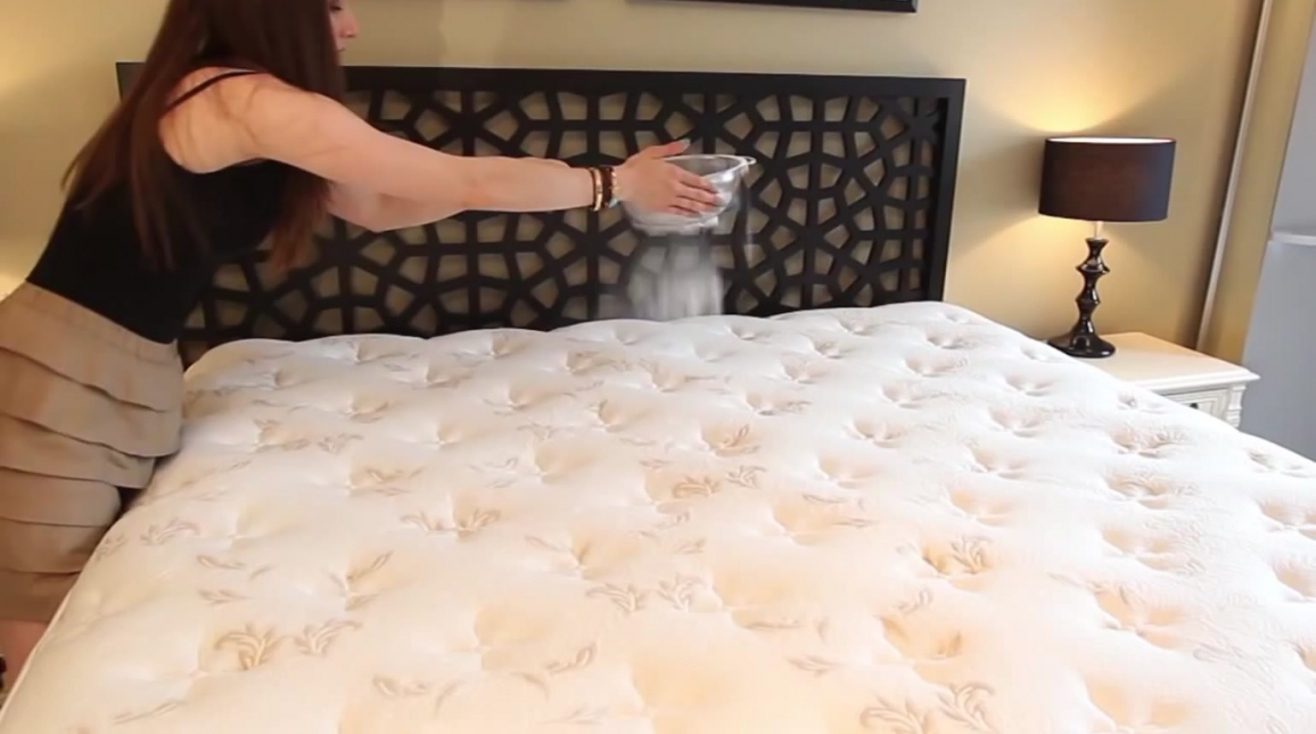
Why It's Important to Clean Your Mattress
:max_bytes(150000):strip_icc()/clean-your-mattress-the-natural-way-350742-14-5a99efe91be349449c3178993b367746.jpg) When it comes to maintaining a clean and healthy home, many people overlook the importance of regularly cleaning their mattress. We spend an average of eight hours a day sleeping on our mattresses, making it a prime breeding ground for bacteria, dust mites, and other allergens. A wet bed incident can further exacerbate this issue, as moisture can seep into your mattress and create the perfect environment for mold and mildew to grow. Not only can this impact the longevity of your mattress, but it can also lead to potential health issues. That's why it's crucial to know how to properly clean your mattress after a wet bed incident.
When it comes to maintaining a clean and healthy home, many people overlook the importance of regularly cleaning their mattress. We spend an average of eight hours a day sleeping on our mattresses, making it a prime breeding ground for bacteria, dust mites, and other allergens. A wet bed incident can further exacerbate this issue, as moisture can seep into your mattress and create the perfect environment for mold and mildew to grow. Not only can this impact the longevity of your mattress, but it can also lead to potential health issues. That's why it's crucial to know how to properly clean your mattress after a wet bed incident.
Step 1: Remove All Bedding and Soak Up Excess Moisture
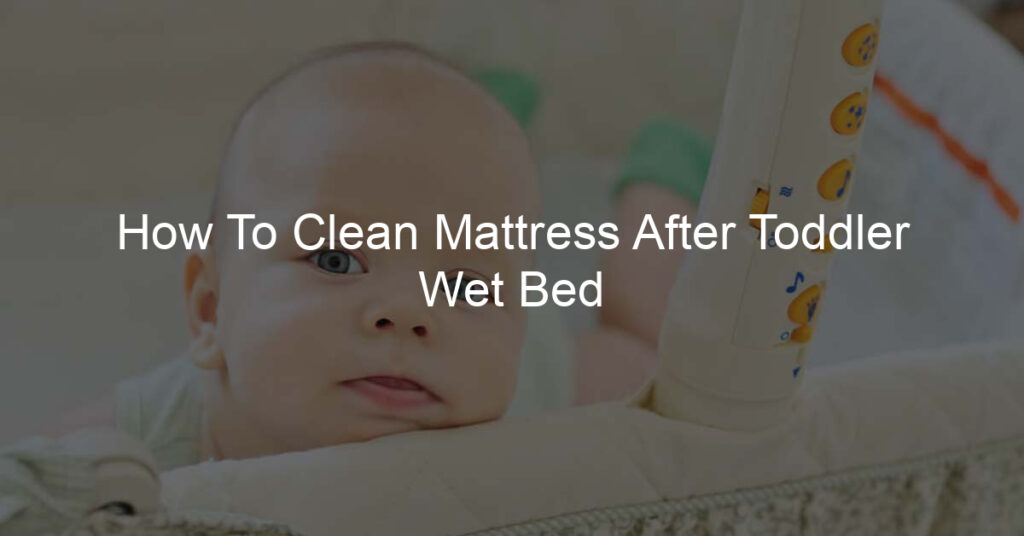 The first step in cleaning your mattress after a wet bed incident is to remove all bedding, including sheets, blankets, and mattress protectors. Use a towel or absorbent cloth to soak up any excess moisture on the mattress's surface. It's essential to do this as soon as possible to prevent the moisture from seeping deeper into the mattress.
The first step in cleaning your mattress after a wet bed incident is to remove all bedding, including sheets, blankets, and mattress protectors. Use a towel or absorbent cloth to soak up any excess moisture on the mattress's surface. It's essential to do this as soon as possible to prevent the moisture from seeping deeper into the mattress.
Step 2: Sprinkle Baking Soda on the Mattress
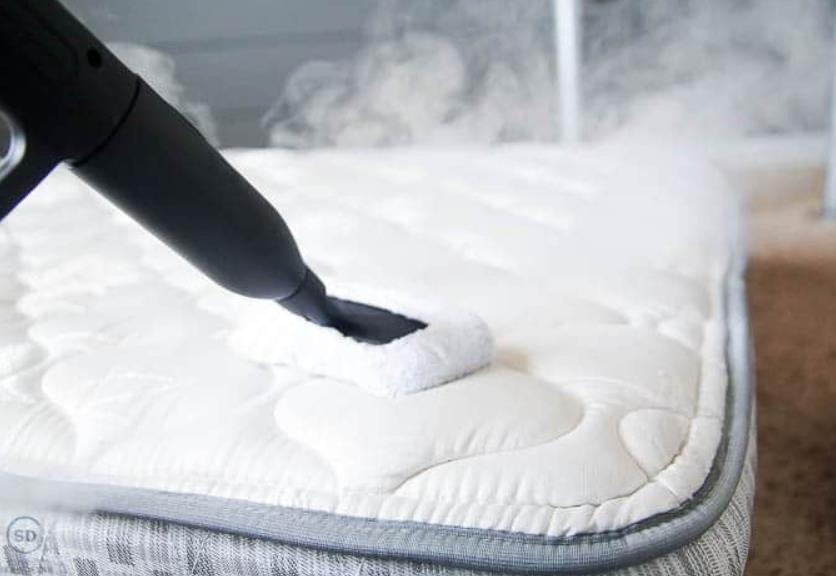 Once you've soaked up as much moisture as possible, sprinkle a generous amount of
baking soda
over the entire surface of the mattress.
Baking soda
is a natural deodorizer and will help absorb any remaining moisture, as well as eliminate any odors.
Once you've soaked up as much moisture as possible, sprinkle a generous amount of
baking soda
over the entire surface of the mattress.
Baking soda
is a natural deodorizer and will help absorb any remaining moisture, as well as eliminate any odors.
Step 3: Let the Baking Soda Sit
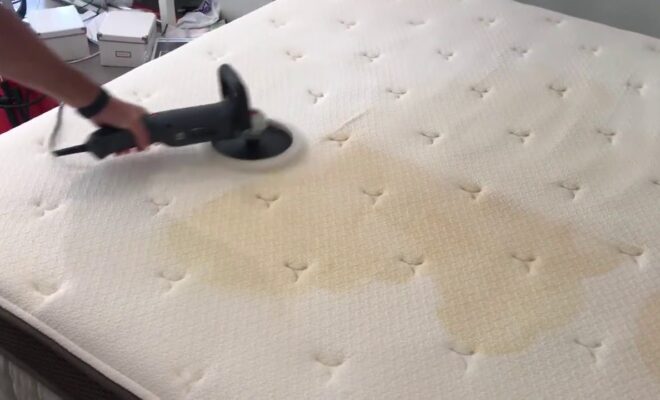 Allow the
baking soda
to sit on the mattress for at least 8 hours, or preferably overnight. This will give it enough time to absorb any remaining moisture and odors.
Allow the
baking soda
to sit on the mattress for at least 8 hours, or preferably overnight. This will give it enough time to absorb any remaining moisture and odors.
Step 4: Vacuum the Mattress
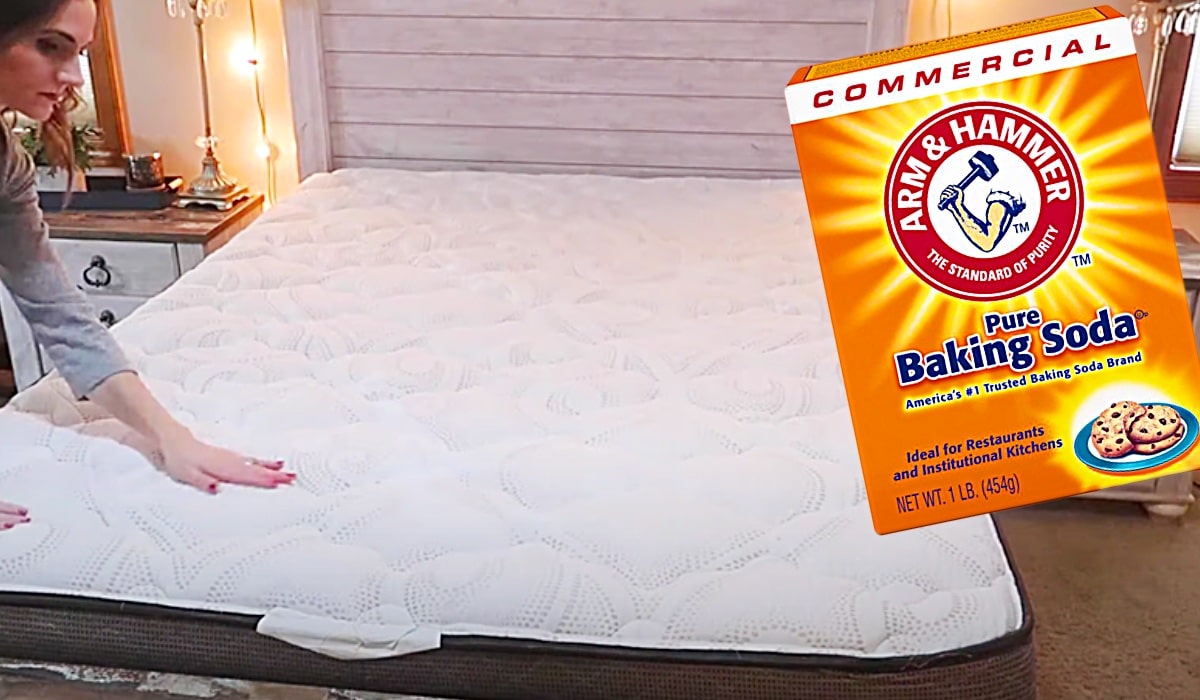 Using a vacuum with an upholstery attachment, thoroughly
vacuum
the entire surface of the mattress to remove the
baking soda
and any dirt or debris that may have accumulated.
Using a vacuum with an upholstery attachment, thoroughly
vacuum
the entire surface of the mattress to remove the
baking soda
and any dirt or debris that may have accumulated.
Step 5: Spot Clean any Stains
 If there are any remaining stains on your mattress, you can spot clean them using a mixture of equal parts water and white vinegar. Dab the solution onto the stain and let it sit for a few minutes before blotting it dry with a clean cloth.
If there are any remaining stains on your mattress, you can spot clean them using a mixture of equal parts water and white vinegar. Dab the solution onto the stain and let it sit for a few minutes before blotting it dry with a clean cloth.
Step 6: Let Your Mattress Dry
 After you've completed all the above steps, it's crucial to let your mattress dry completely before putting any bedding back on. You can speed up the drying process by using a fan or opening windows to allow for proper air circulation.
After you've completed all the above steps, it's crucial to let your mattress dry completely before putting any bedding back on. You can speed up the drying process by using a fan or opening windows to allow for proper air circulation.
Final Thoughts
 By following these steps, you can effectively clean your mattress after a wet bed incident and prevent any potential health hazards or damage to your mattress. It's also a good idea to invest in a waterproof mattress protector to prevent future wet bed incidents and make cleaning your mattress easier. By regularly cleaning and maintaining your mattress, you can ensure a clean and healthy night's sleep.
By following these steps, you can effectively clean your mattress after a wet bed incident and prevent any potential health hazards or damage to your mattress. It's also a good idea to invest in a waterproof mattress protector to prevent future wet bed incidents and make cleaning your mattress easier. By regularly cleaning and maintaining your mattress, you can ensure a clean and healthy night's sleep.
/GettyImages-183812306-56a4e8855f9b58b7d0d9d750.jpg)




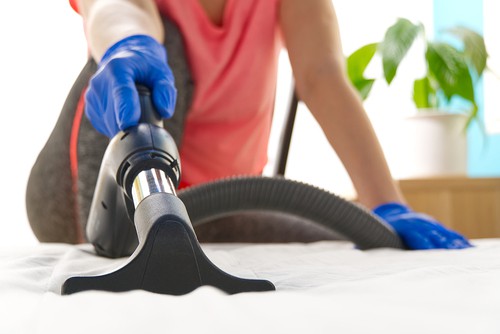








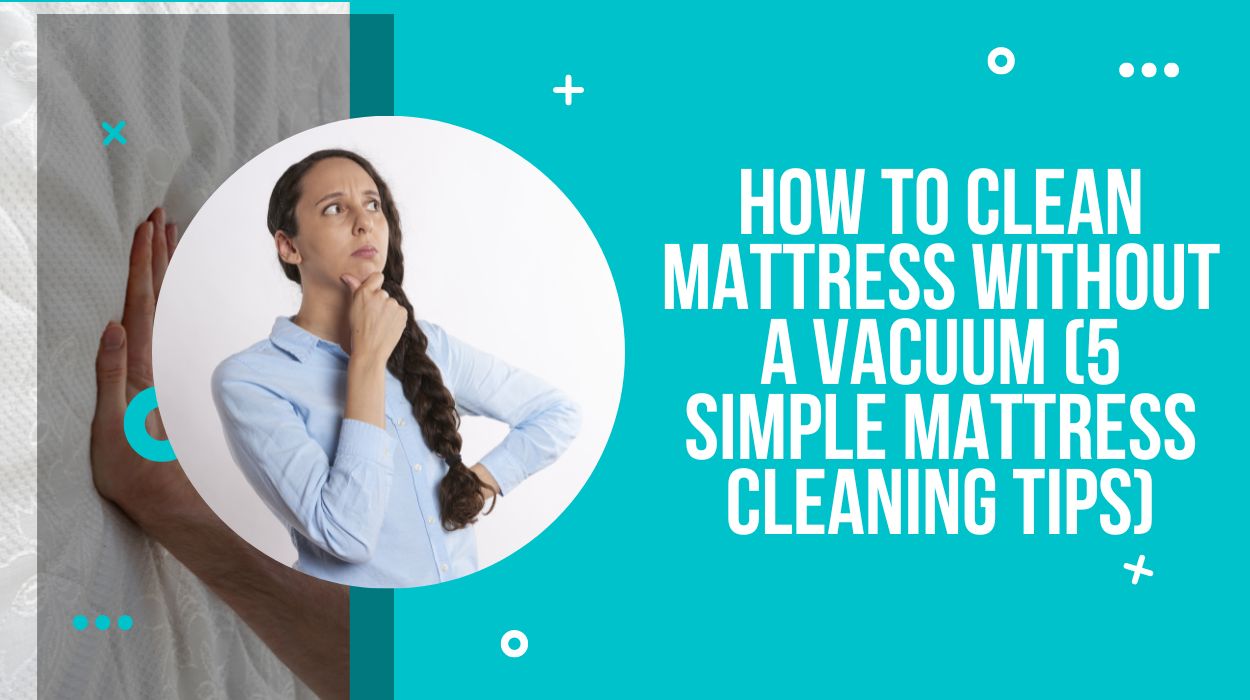





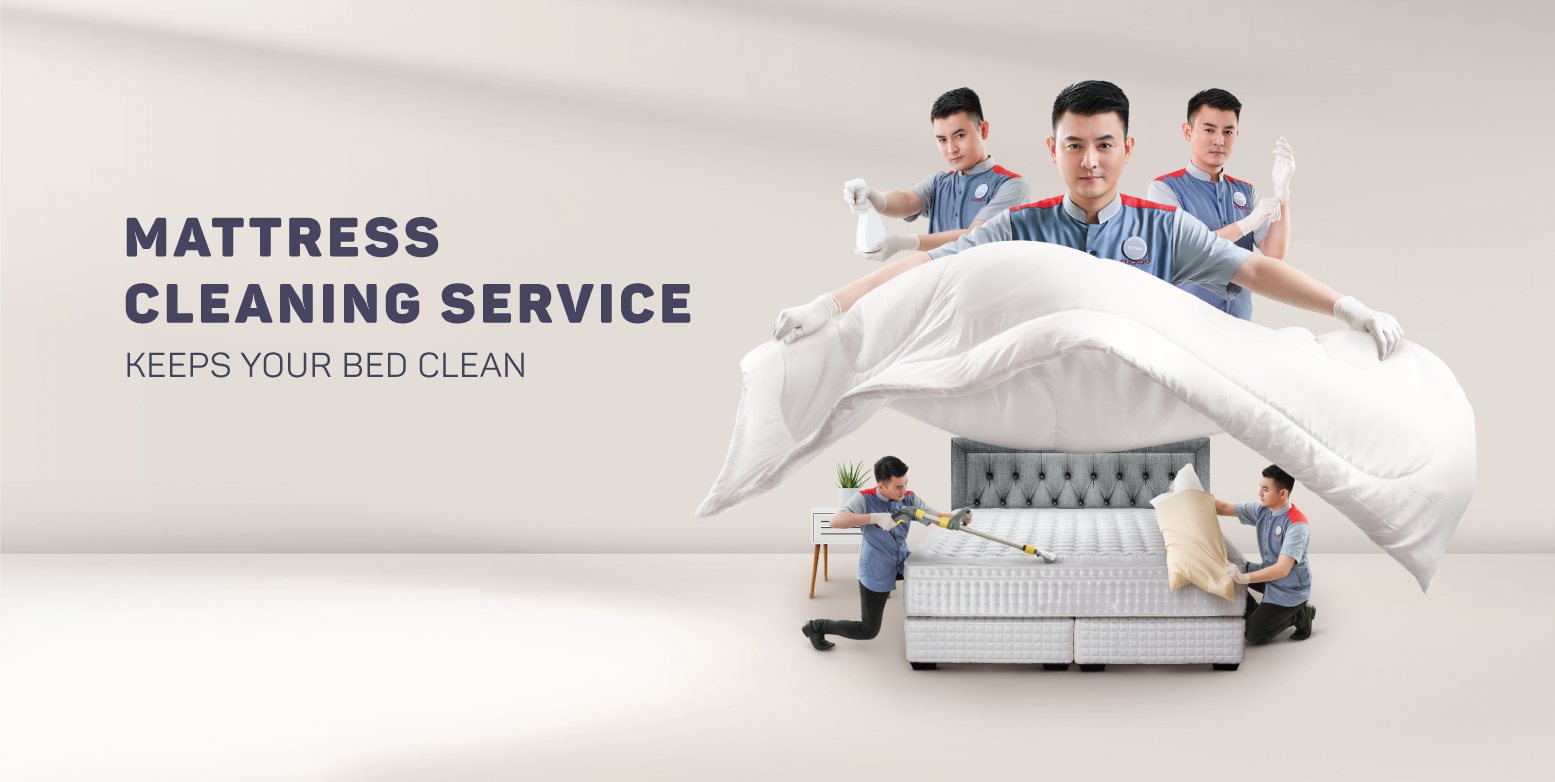
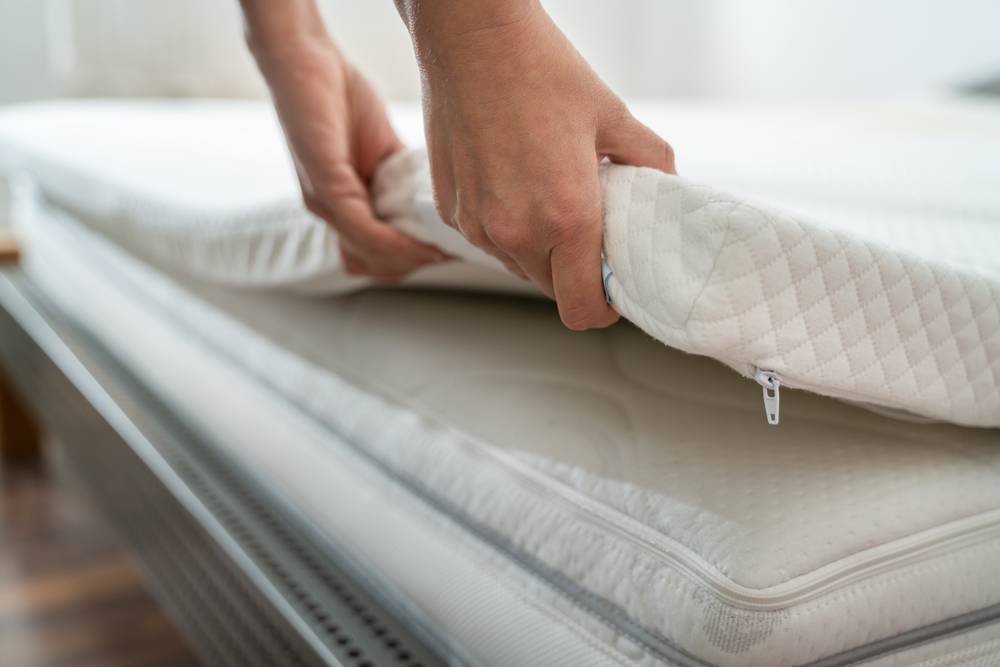

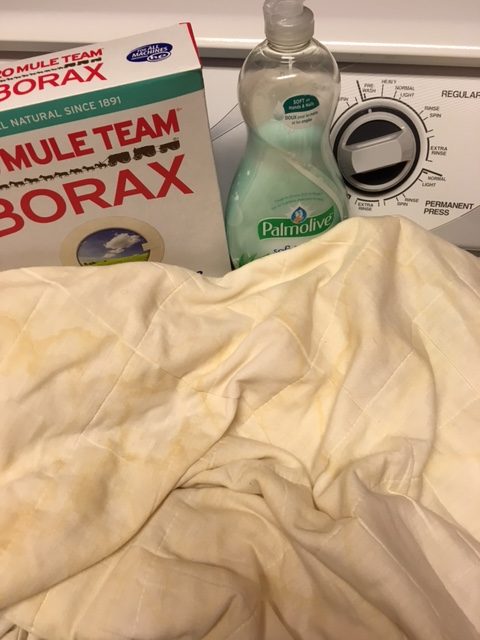


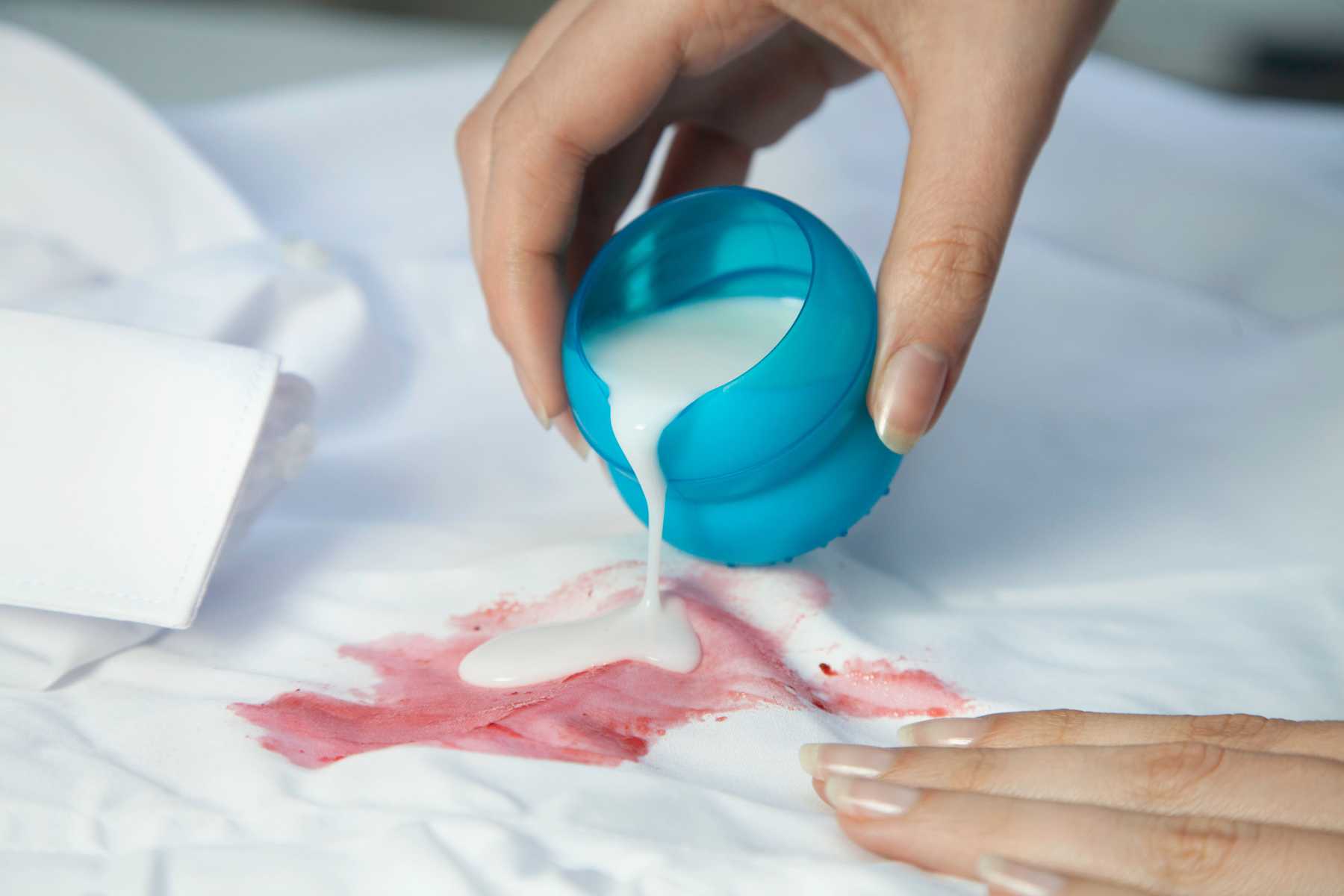




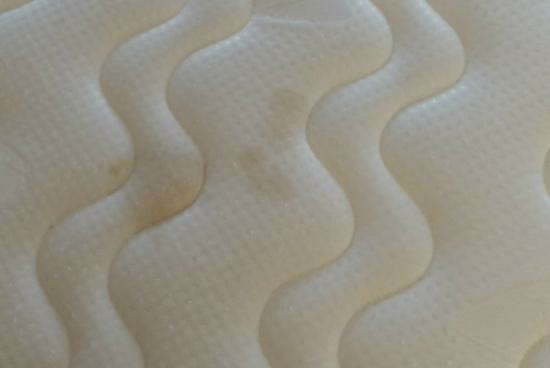
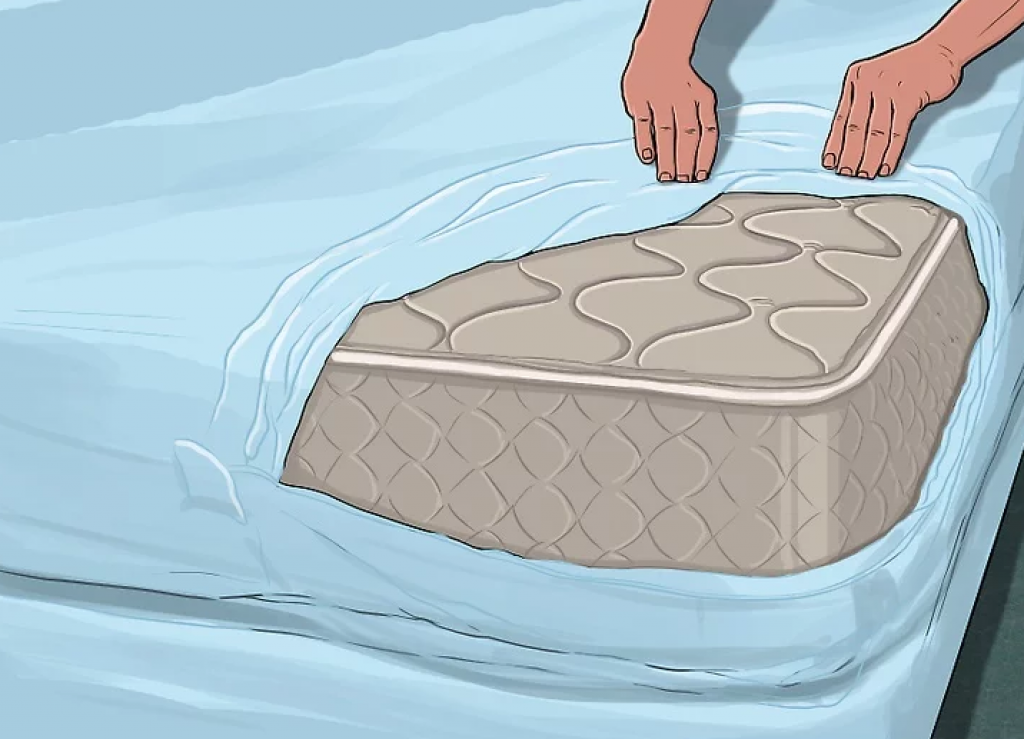



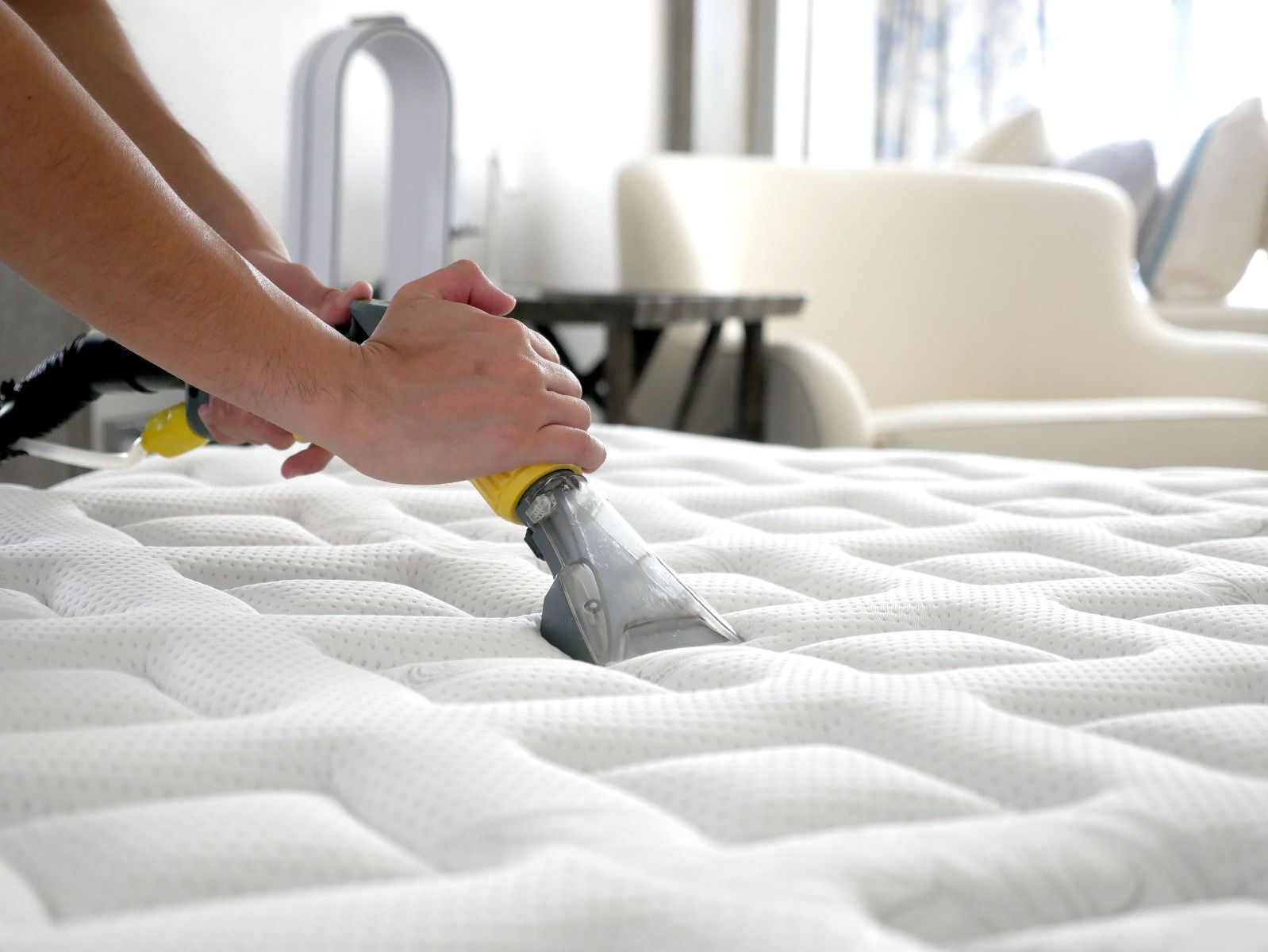

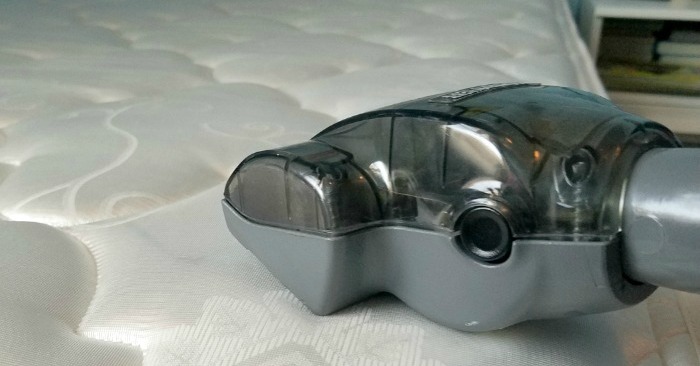


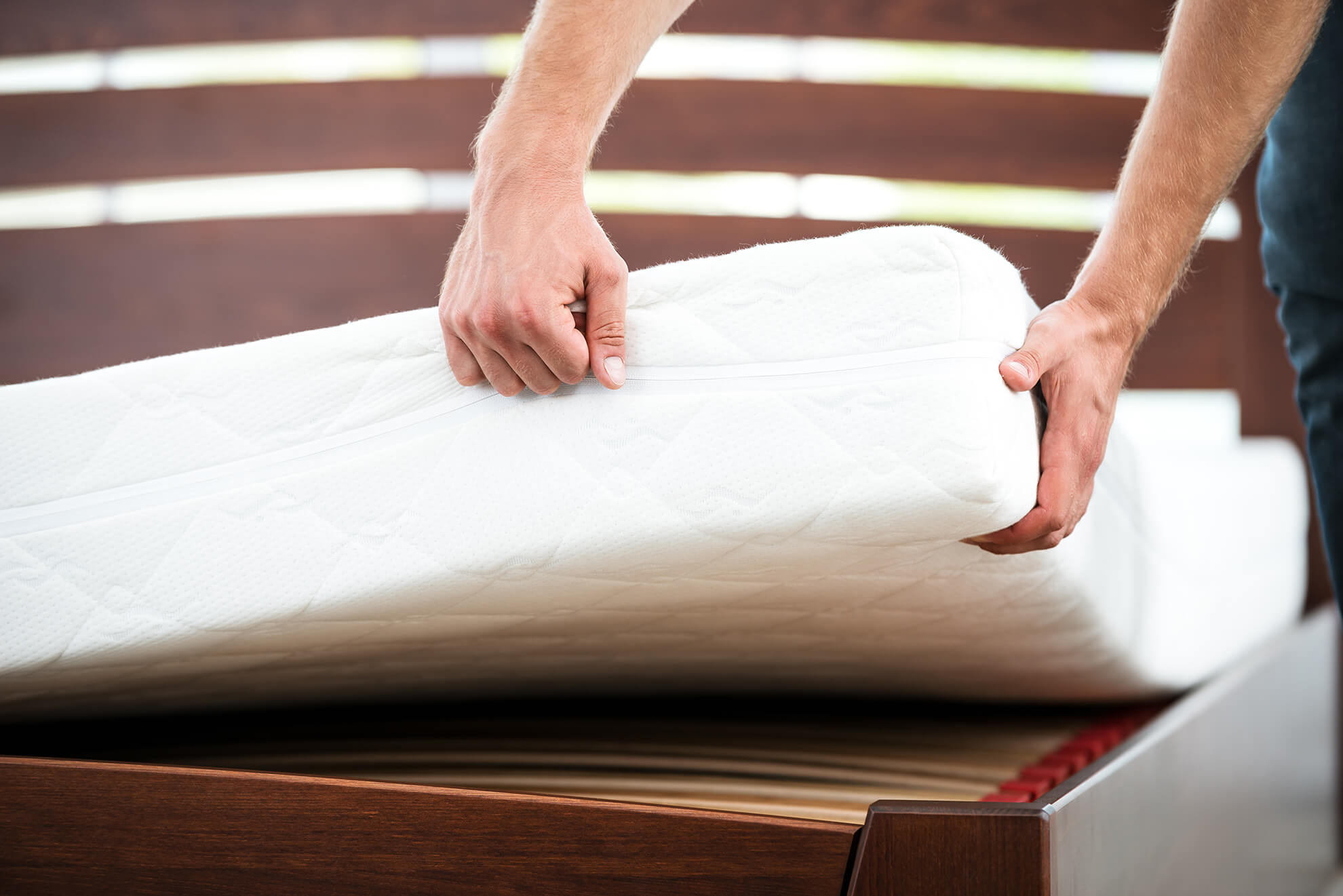

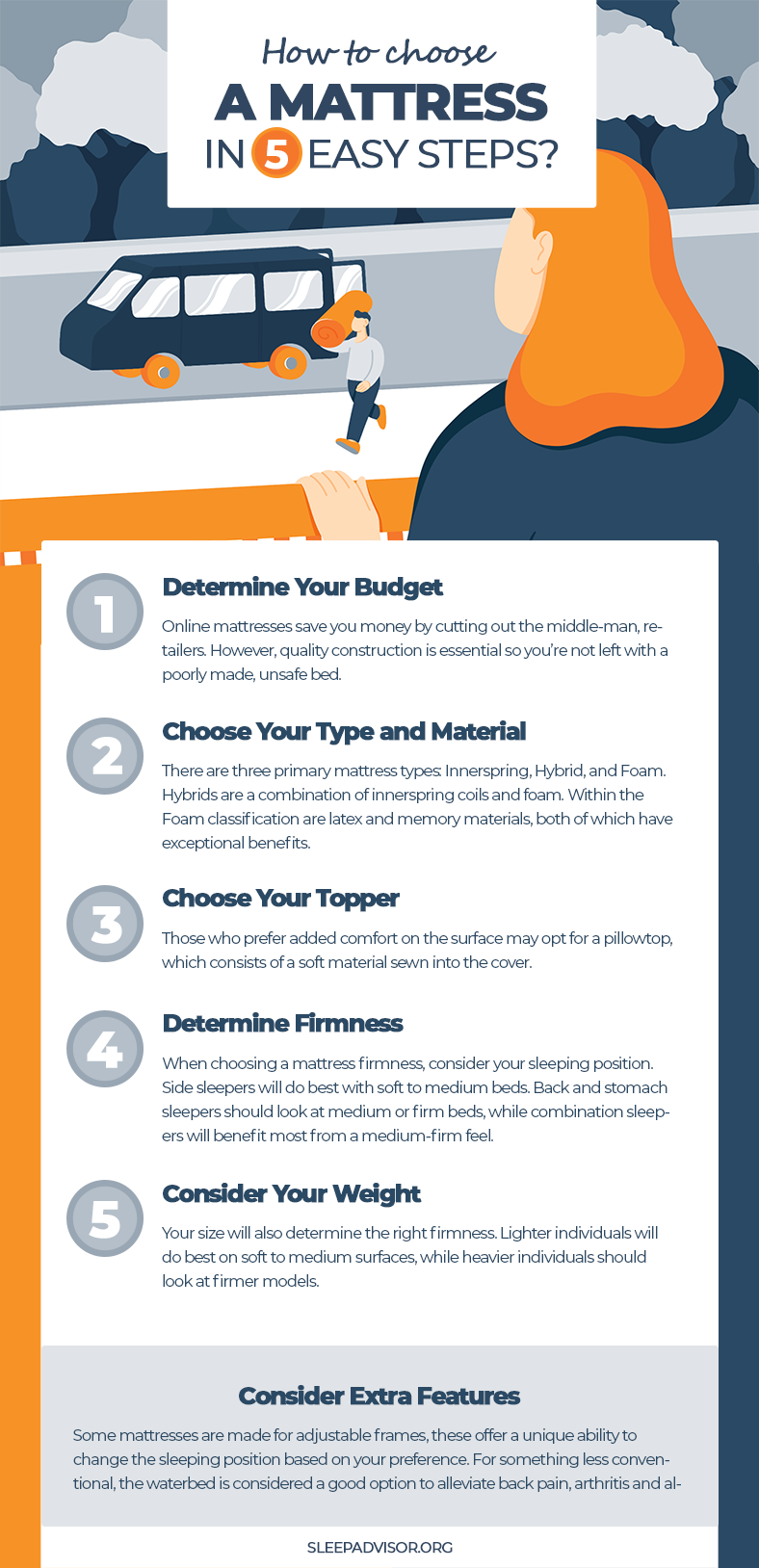





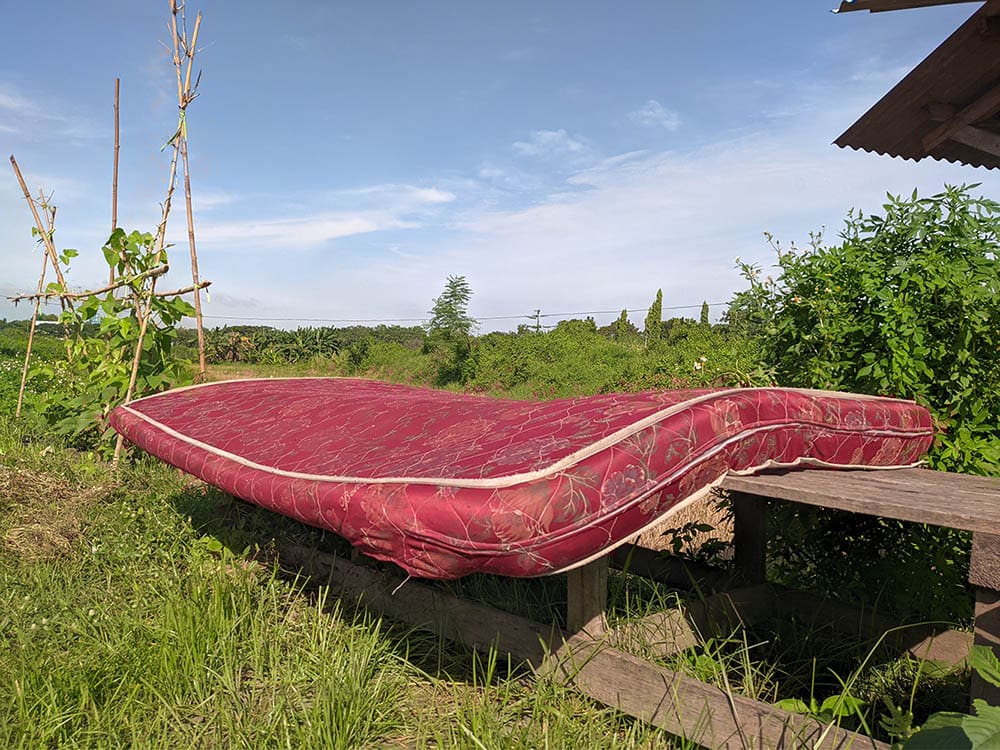












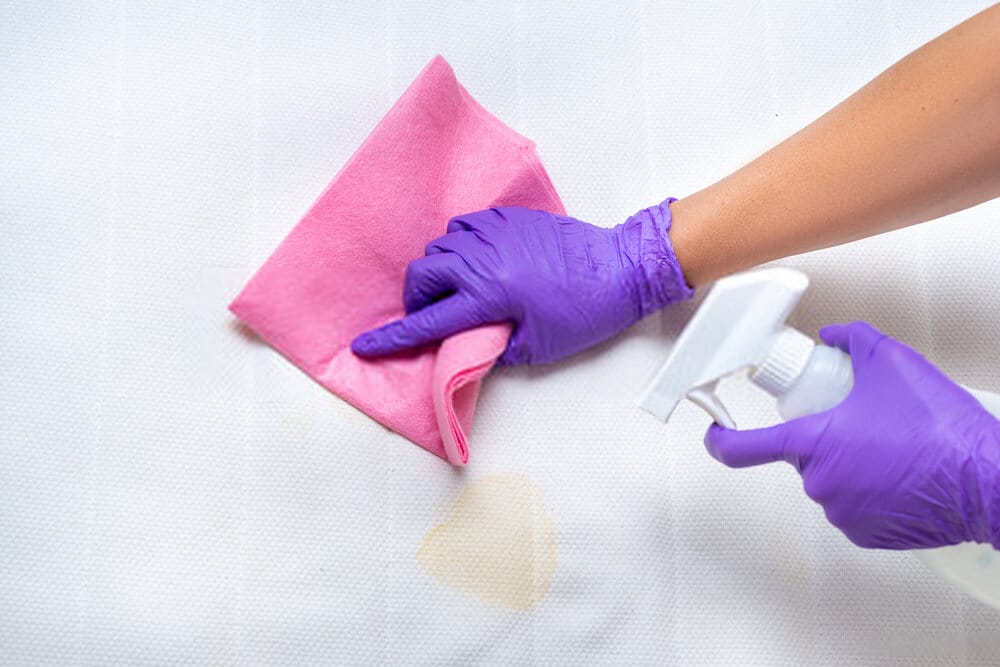



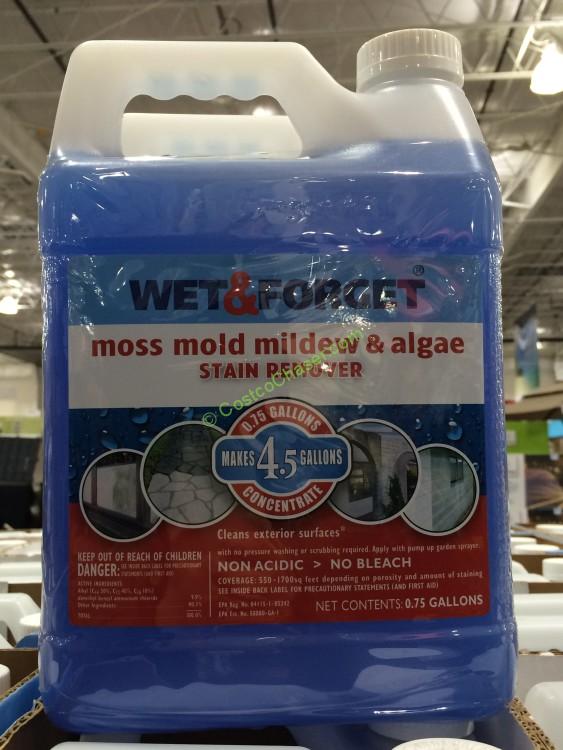
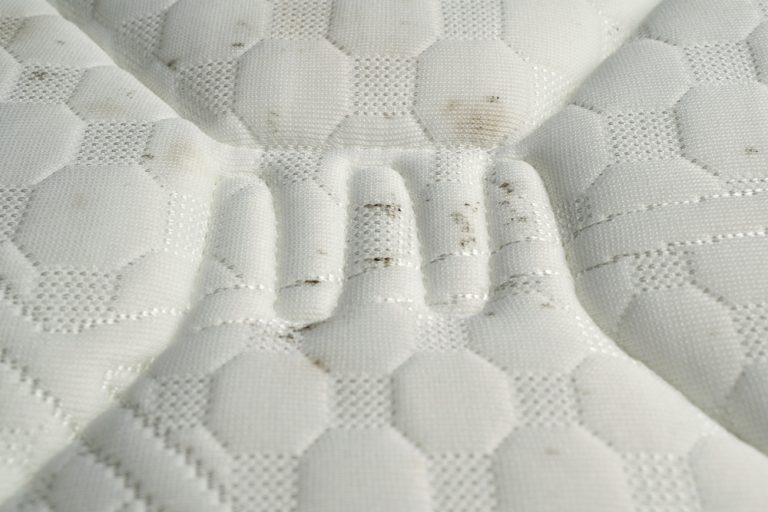
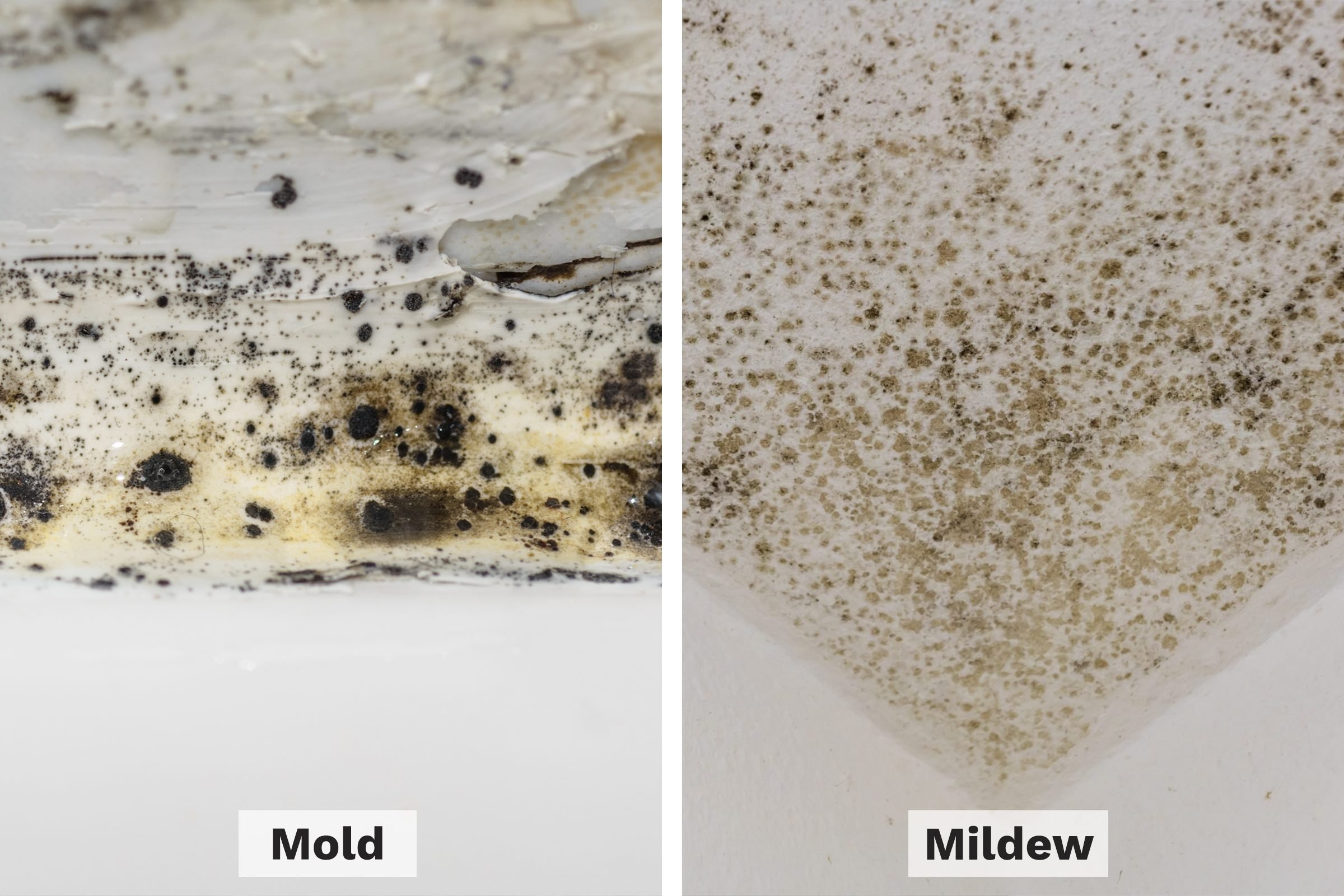

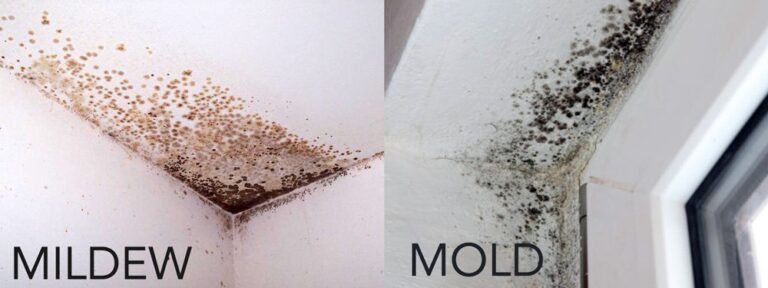
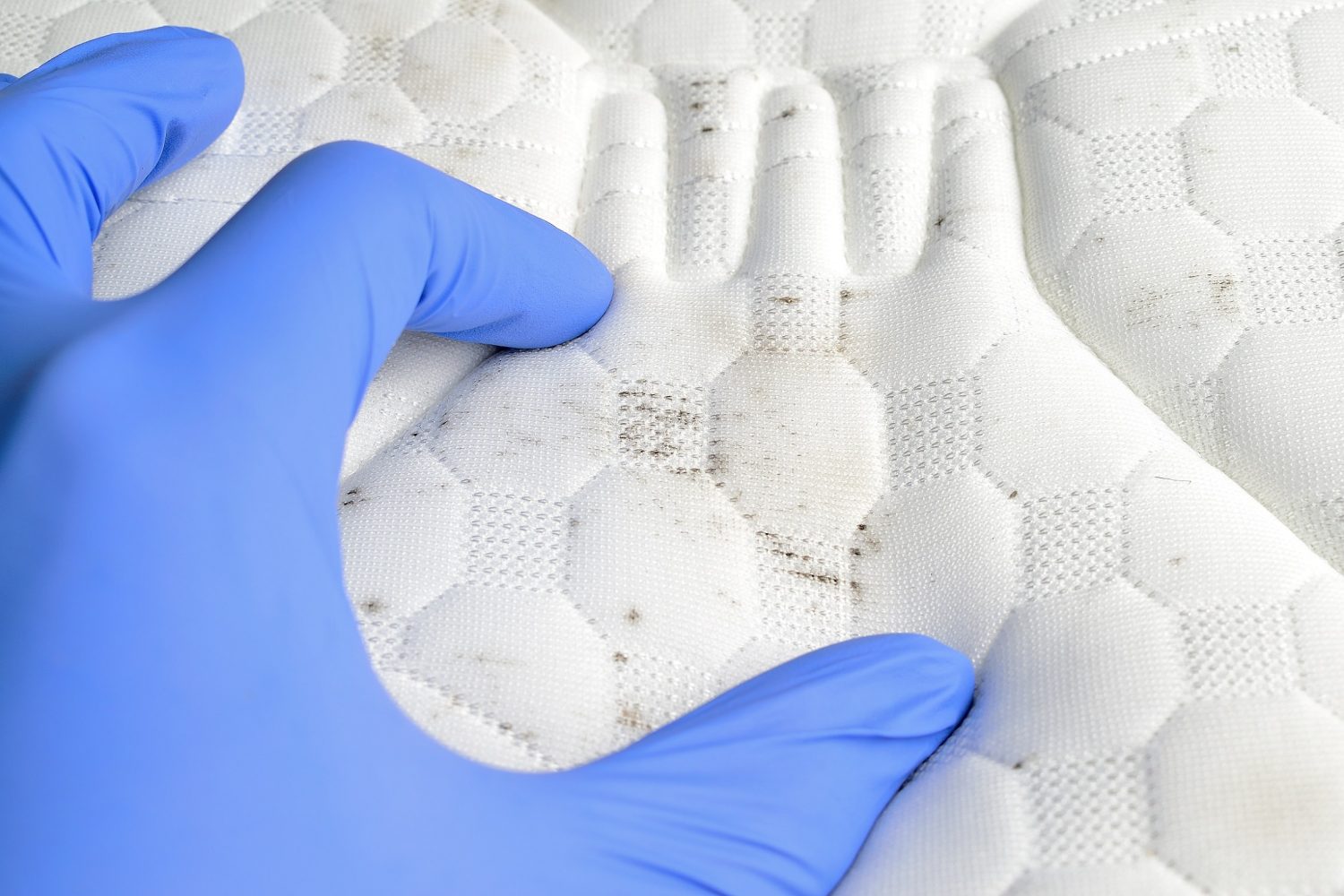
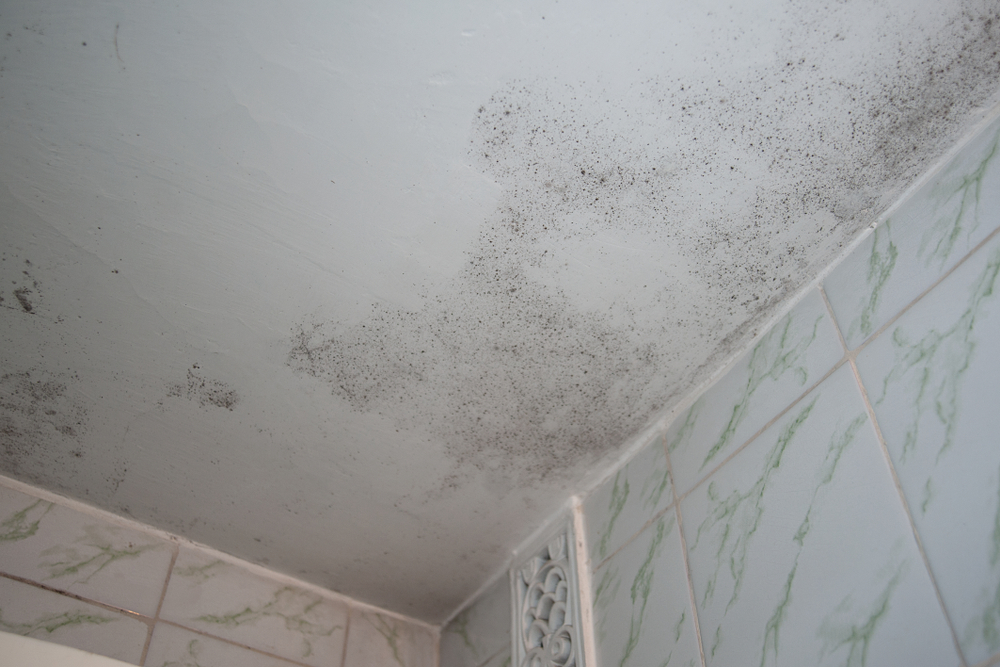
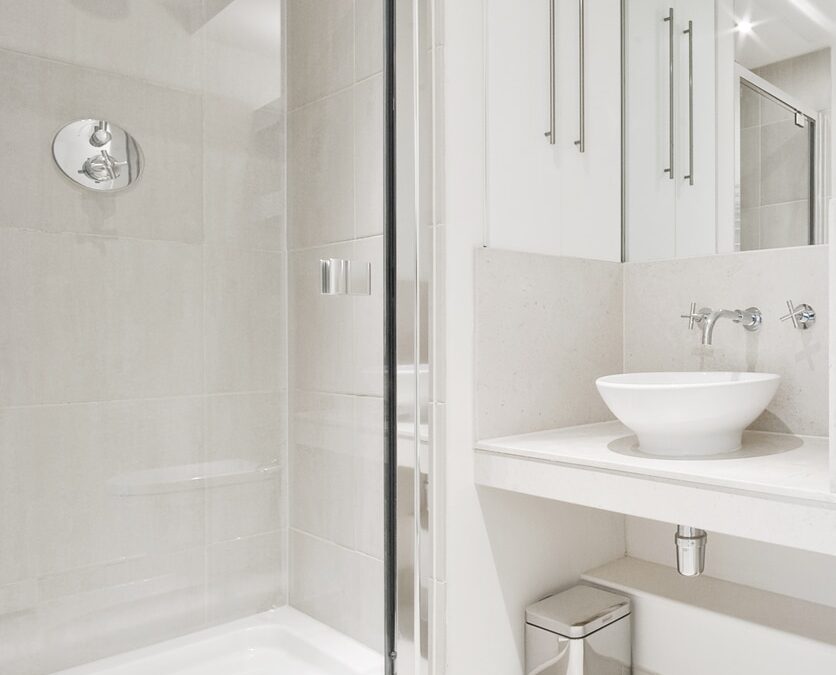







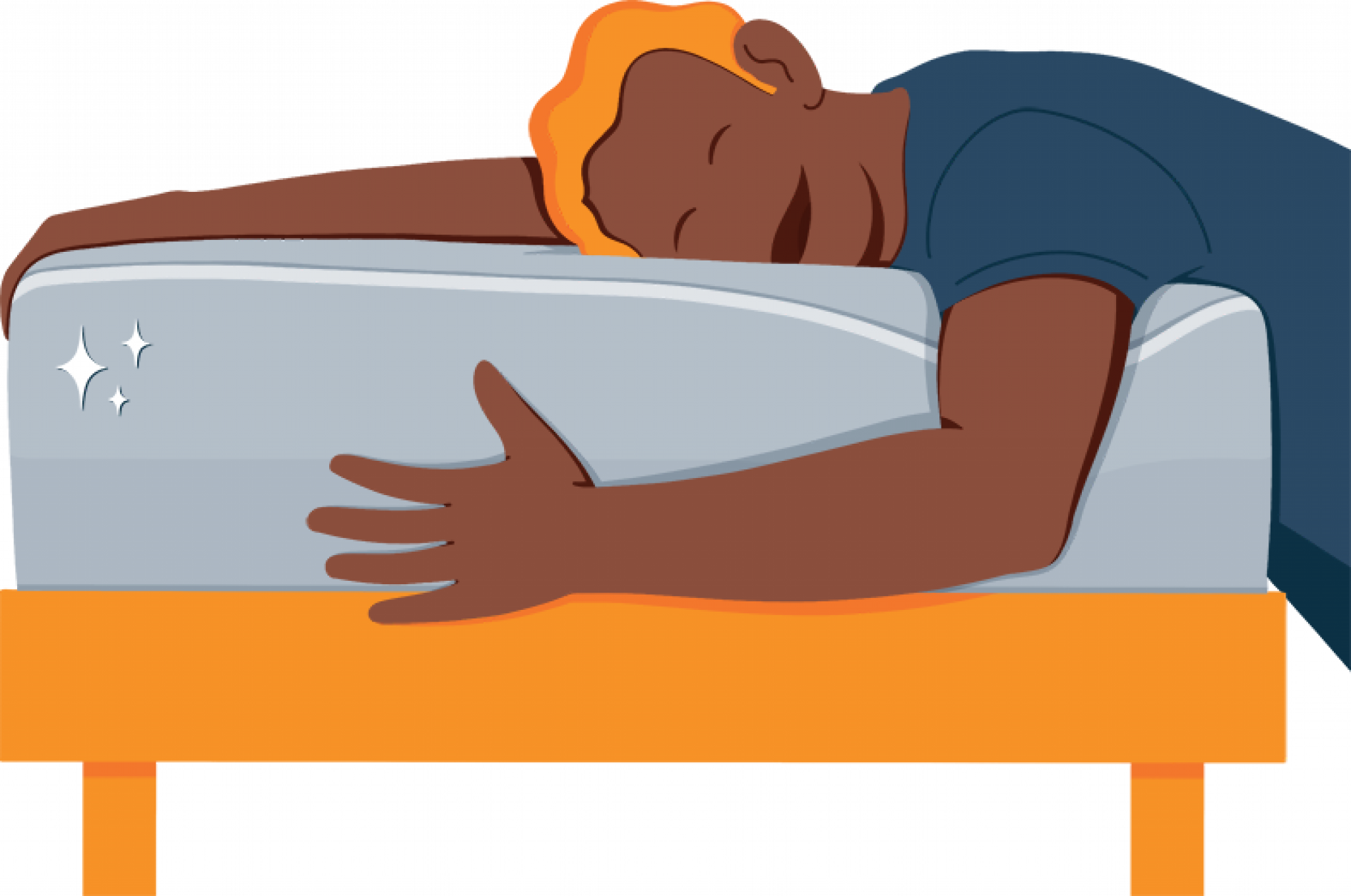
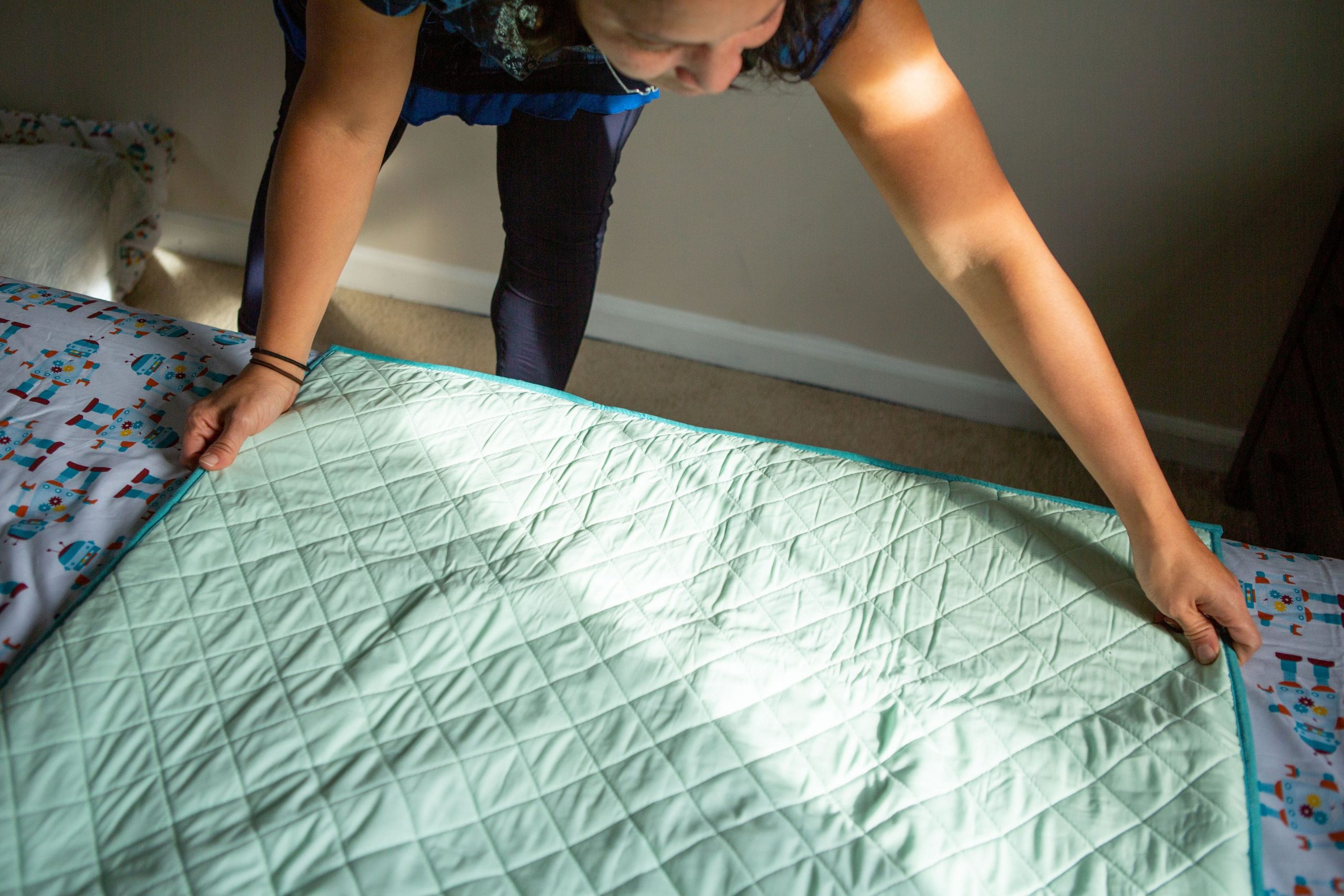
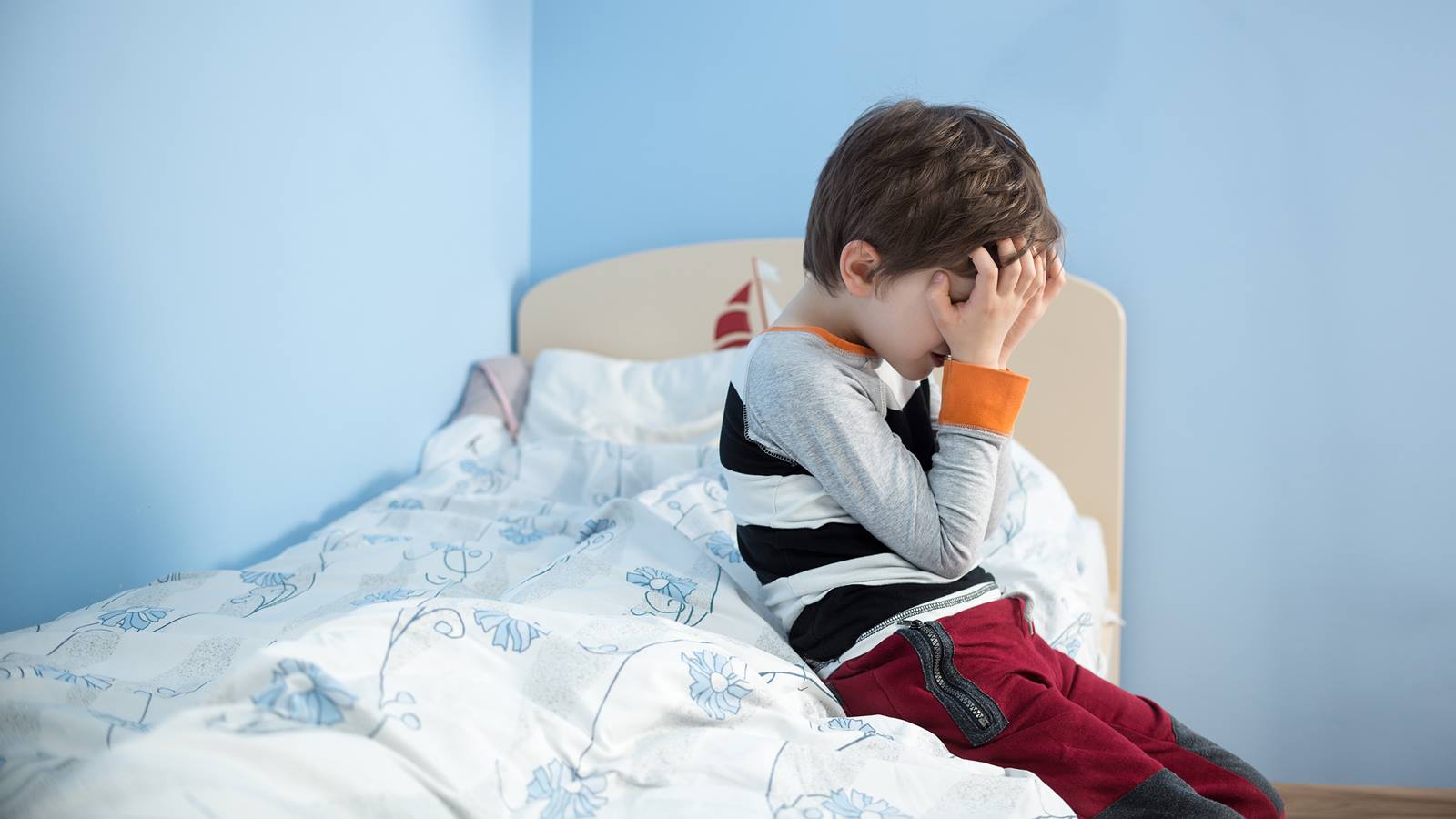




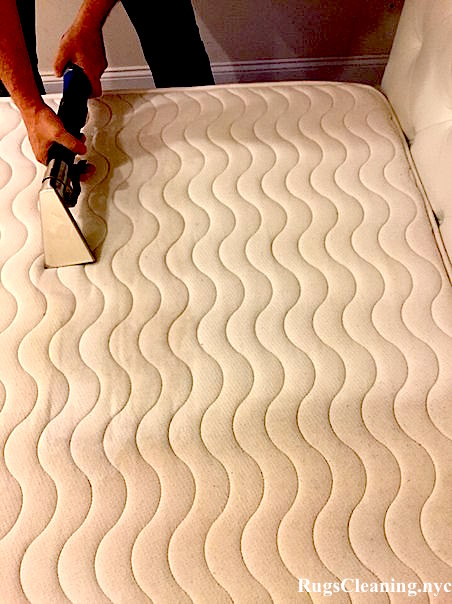
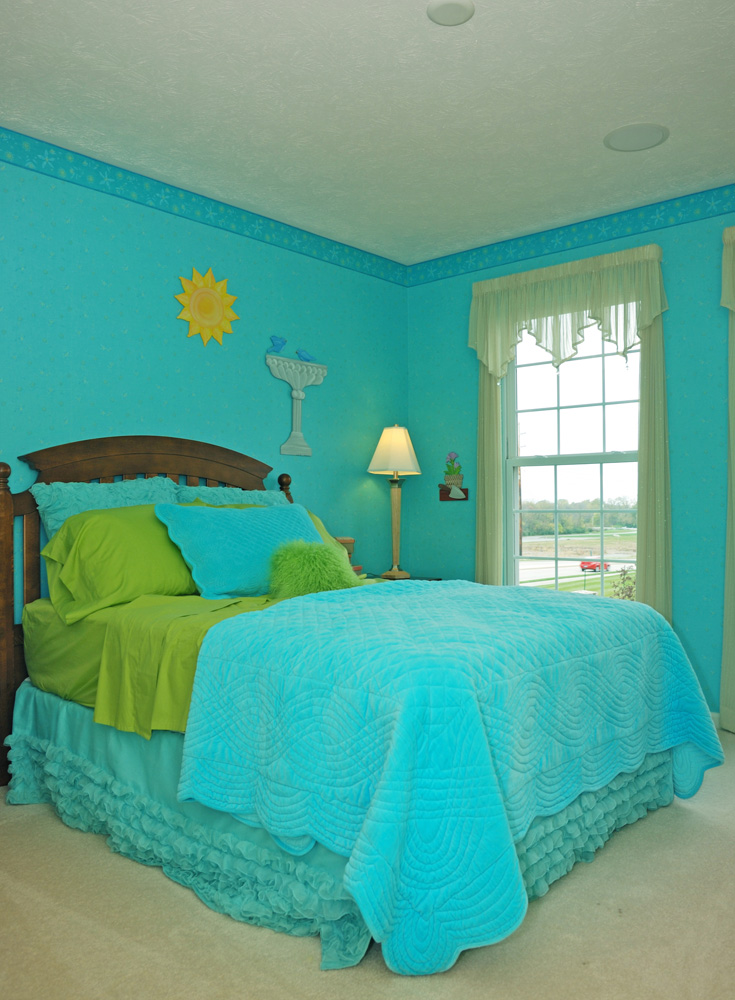
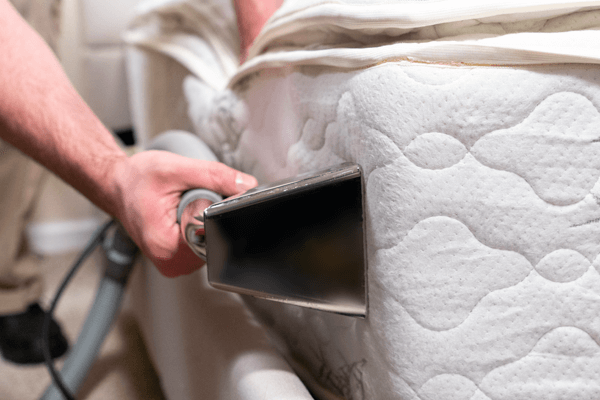
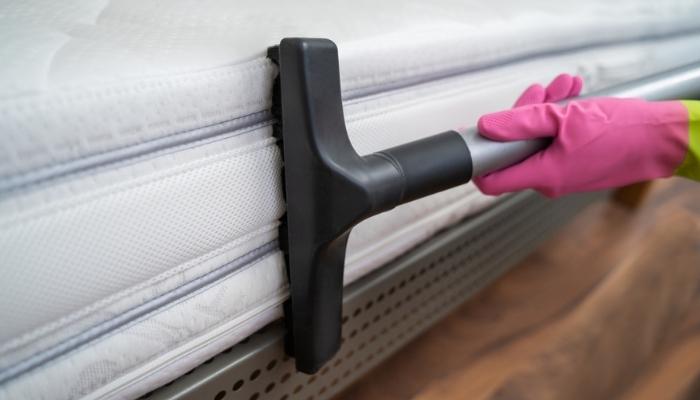
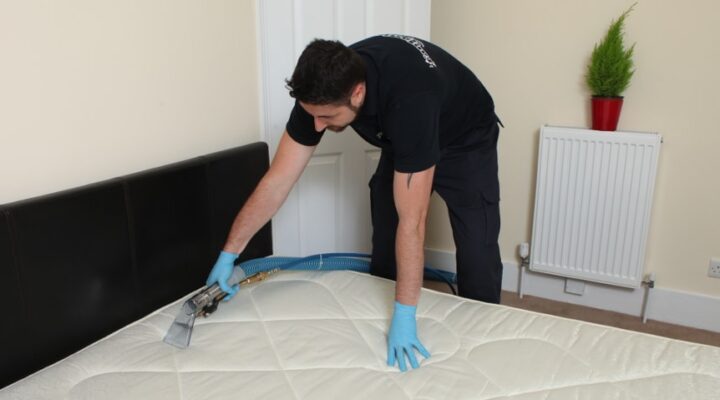
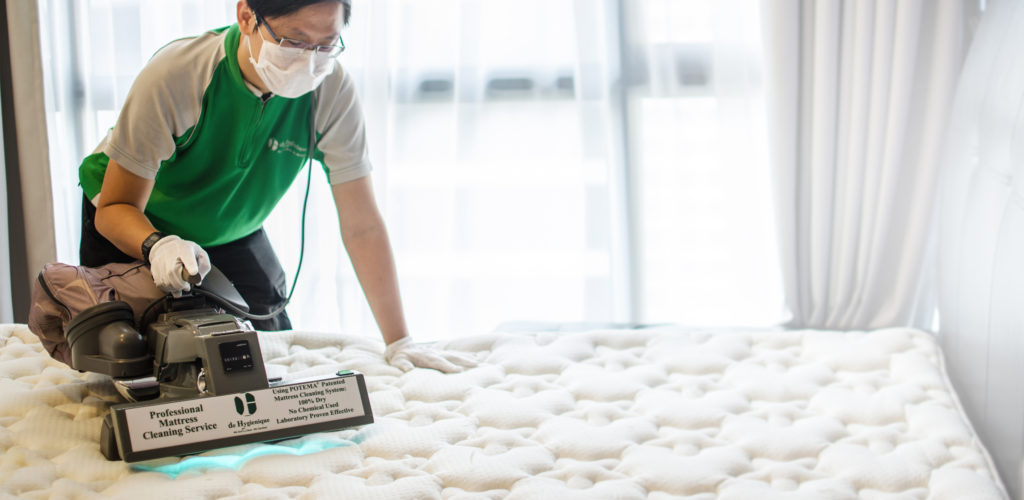

/GettyImages-1151589153-655907706e8642a5a4cac63f6cd5bc09.jpg)
